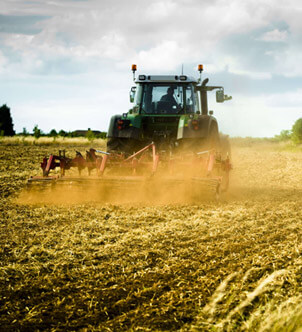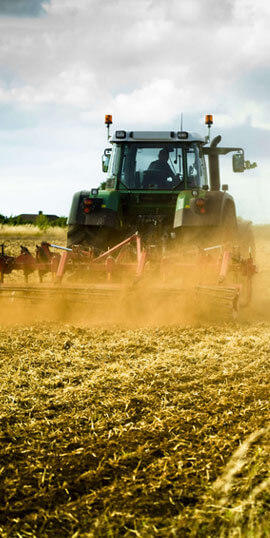Water

Green Manure
A single green manure crop is raised in a row-intercropping system together with sugarcane/pulses/ vegetable setts. Intercropping is the cultivation of two or more crops in the same field at the same time. Here the two different crops are arranged in a row (Figures 1 and 2).





